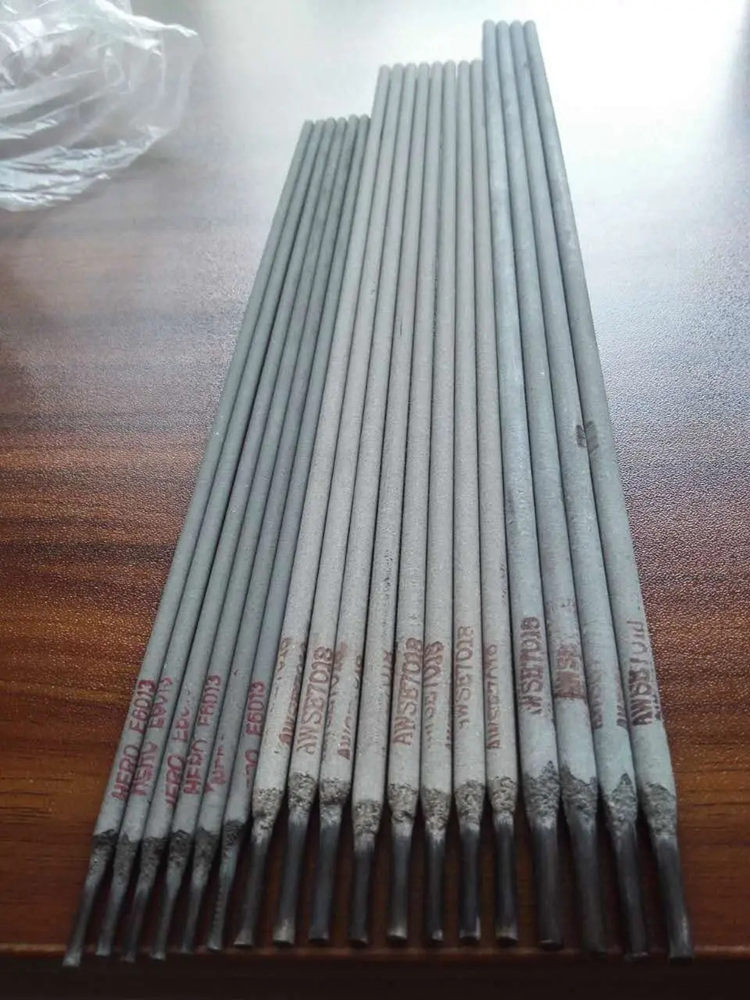
Manual Size Change in Stud and Track Roll Forming Machines The Role of Spacers
Roll forming machines are pivotal in the manufacturing industry, especially when it comes to producing continuous lengths of metal profiles like studs and tracks used in construction and other applications. Among the various operational aspects of these machines, the ability to change sizes efficiently and accurately stands out. This article discusses the process of manual size changes in stud and track roll forming machines using spacers, highlighting the importance of precision, the method, and the benefits involved.
Understanding Roll Forming
Roll forming is a continuous bending process in which a long strip of metal, typically coiled steel, is passed through a series of rollers that progressively shape it into the desired profile. The equipment is known for its high efficiency and ability to produce uniform sections. In the context of stud and track production—commonly used in the framing of walls, ceilings, and roofs—the roll forming machines must be adaptable to different sizes and profiles to meet various construction requirements.
The Importance of Size Customization
The need for size customization in stud and track production stems from architectural diverse demands. Each project may require different profile dimensions to suit specific structural needs, which calls for flexibility in manufacturing methods. A roll forming machine that can easily and accurately alter its size settings is essential for maximizing productivity while minimizing waste and downtime.
Role of Spacers in Manual Size Changes
One of the traditional methods for changing sizes on roll forming machines is through the use of spacers. Spacers are essentially physical tools or devices that can be adjusted or replaced to modify the distance between the rollers in the forming section. Adjusting this distance is crucial to ensure that the metal is shaped into the correct dimensions.
The manual process typically involves
1. Powering Down the Machine Safety is paramount; operators must ensure that the machine is fully powered down and no residual energy remains.

2. Removing Existing Spacers Operators carefully remove the previously installed spacers. This involves loosening screws or fasteners that hold the spacers in place, ensuring that the machine is in a safe state for adjustment.
3. Installing New Spacers Depending on the desired size, operators will install a new set of spacers that correspond to the new dimensions needed for the studs or tracks. Precision is key here; any misalignment can lead to production inefficiencies or compromised product quality.
4. Adjustment and Tightening After the new spacers are in place, operators will carefully adjust the settings, ensuring that all components are aligned. They will then tighten the fasteners to secure the spacers.
5. Testing and Calibration Before full-scale production resumes, a test run is conducted to ensure that the machine is forming the desired profile accurately. This step is crucial for confirming that the manual adjustments have been successful.
Benefits of Manual Size Change with Spacers
Utilizing spacers for manual size changes offers several advantages. Firstly, it allows for precise adjustments tailored to specific project requirements, ensuring that products meet industry standards and customer specifications. This adaptability can significantly enhance production capabilities.
Secondly, the process, while manual, is relatively quick and does not require extensive downtime, which is beneficial in high-demand environments. Companies can switch between different profiles without significant delays, making them more competitive in the marketplace.
Finally, the manual nature of the process fosters a deeper understanding of the machinery among operators, leading to enhanced skill sets and troubleshooting capabilities. This knowledge is invaluable for maintaining high levels of operational efficiency.
Conclusion
The ability to manually change sizes in stud and track roll forming machines using spacers is a critical aspect of modern manufacturing processes. It allows for enhanced flexibility, precision, and efficiency in producing metal profiles that meet diverse construction needs. As technology continues to evolve, integrating automated solutions may further streamline this process, but the fundamental principles of manual adjustment through spacers will remain essential for ensuring quality and adaptability in production.